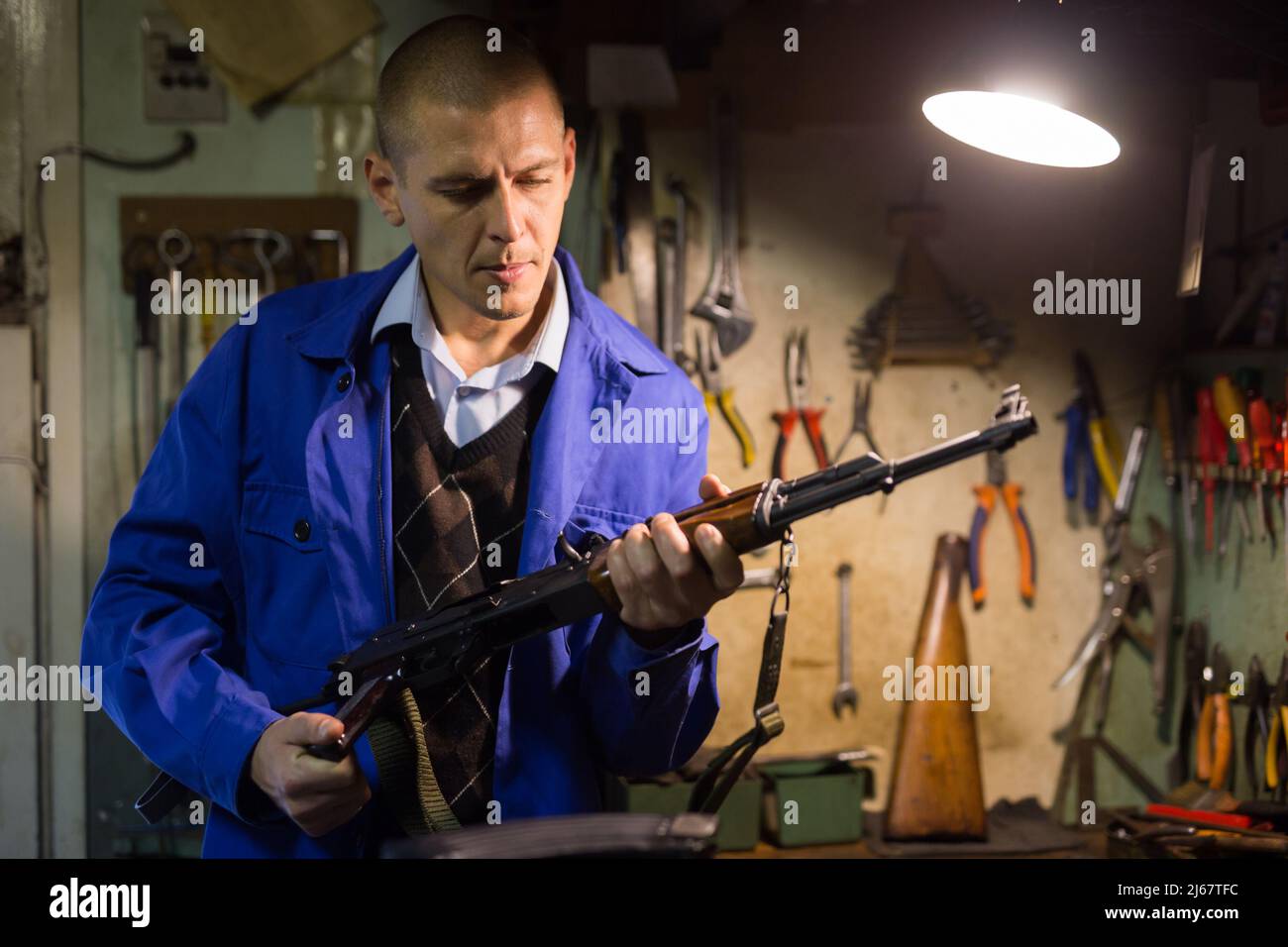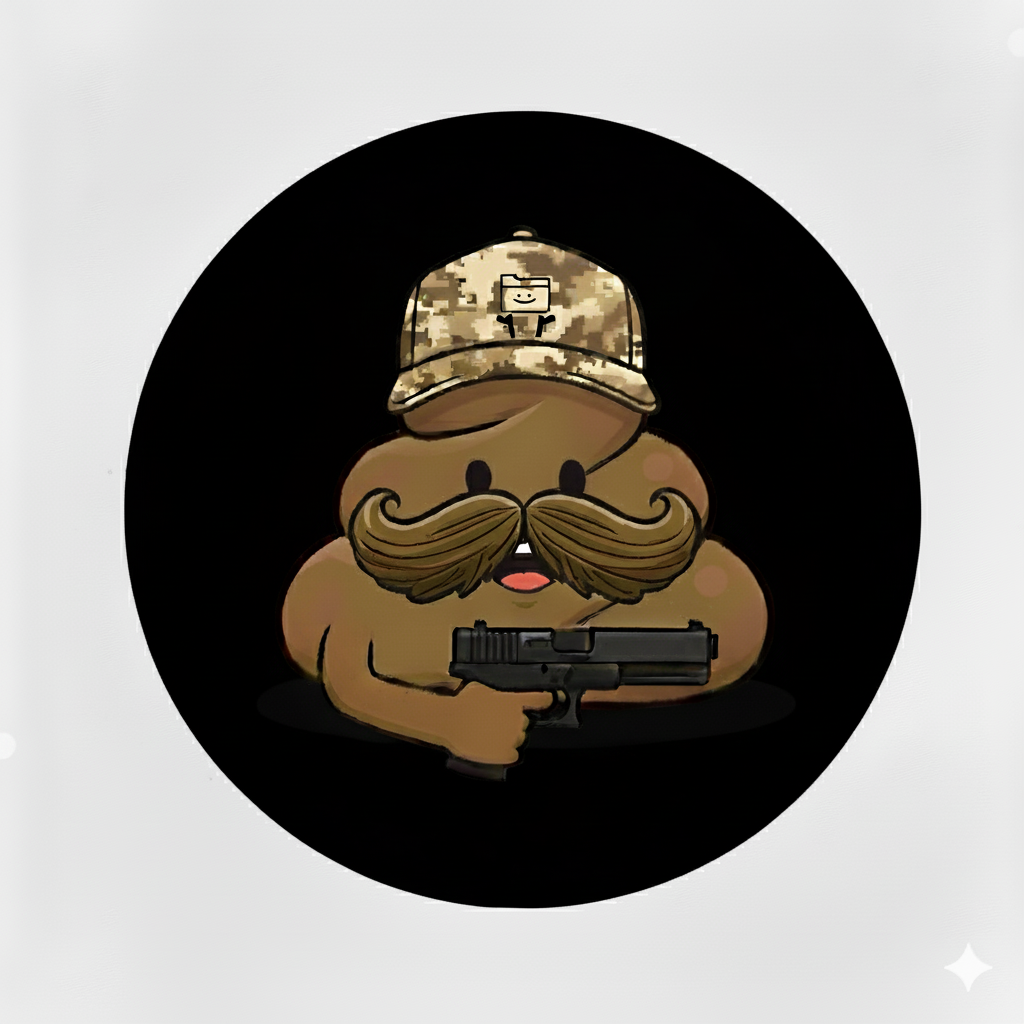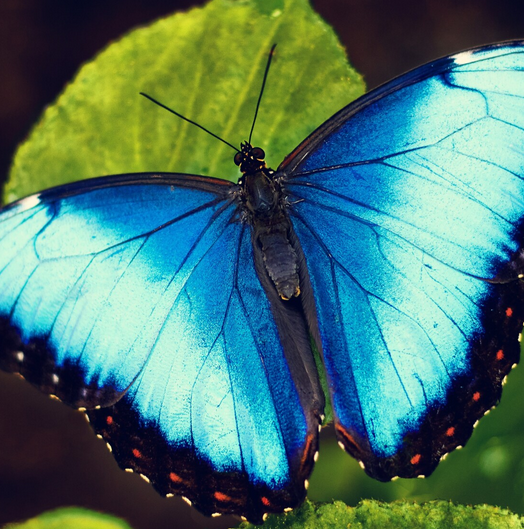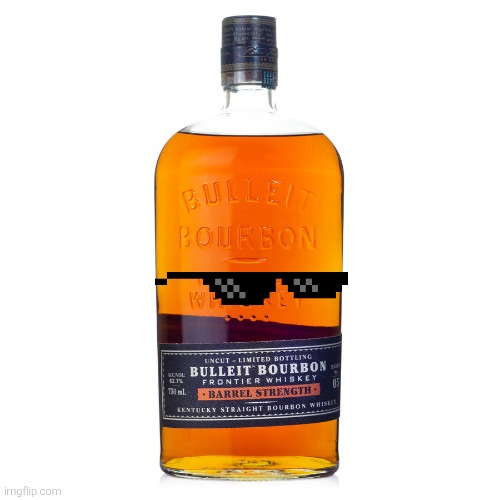Reading through this thread: https://forum.bambulab.com/t/gf-vs-cf-pros-and-cons/192469
What’s the consensus on PA6-GF vs CF?
I’m mostly interested in optimizing Super Safety Components like the lever for impact resistance, but also anti-warping.
Currently using PA6-CF. Having solidish results.
PLA+ lever warped (but didn’t break) after 450 rounds of .300blk. Very gassy with a can.
Still need to do more solid testing with PA6-CF.
Both material levers break if I smack em with a mallet on an anvil - but that seems like a shitty metric either way.
What is “normal” pa6-cf vs the green one and why isn’t this post showing a chart between the two filaments in question? Pa6-cf and pa6-gf.
Based on some very lengthy discussions, both in person and via discord with polymakers material science rep and their director of product development, unless you are playing to dye the filament, there is no reason to use pa6-gf over pa6-cf…if cost is an issue, there are other filaments better suited.
Yeah that chart is a little fucky. It came from a thread discussing PETG-GF vs PA6-CF - and I was curious about the ductility improvements of the GF.
Even at the cost of overall strength. But it seems the brittleness is not that different.
The differences between CF and GF reinforced PA-6 (within the same brand) are relatively small. Most testing I’ve seen shows the GF versions to be slightly weaker, but you could likely see just as much performance difference due to ordinary variables (room temperature for your printer, exact moisture content at time of printing, etc.).
Also 2 benefits to the GF is the ability to dye it and the price point.
GF has quite a lot more creep than CF in testing so that should be factored in
From all the research I’ve done, they’re quite similar, however PA6-CF is the superior material
“superior” depends on the application. IMHO CF should never be used for something that will be handled regularly with bare hands. Also, IIRC the GF stays unsoftened to higher temperatures than CF, which helps when being used for e.g. a barrel mount. I remember a video of someone doing a mag dump on a presumably PLA frame where the barrel was flopping around like a freshly caught fish’s tail after a few dozen rounds.
You shouldn’t handle glass fiber with bare hands either. Ask me how I know it. And your body can’t break down glass while it can handle carbon. CF spreads heat better than GF, that may be why GF reinforced filaments don’t soften as quickly.
how does this compare with pla or pla plus?
Compared to PLA+: 3 - 5x more expensive, much higher heat tolerance, somewhat lower stiffness, needs a 300+°C hot-end, prints best in an enclosure. Strength is comparable (there are differences but it’s not dramatically better or worse).
I don’t use regular PLA for anything.






